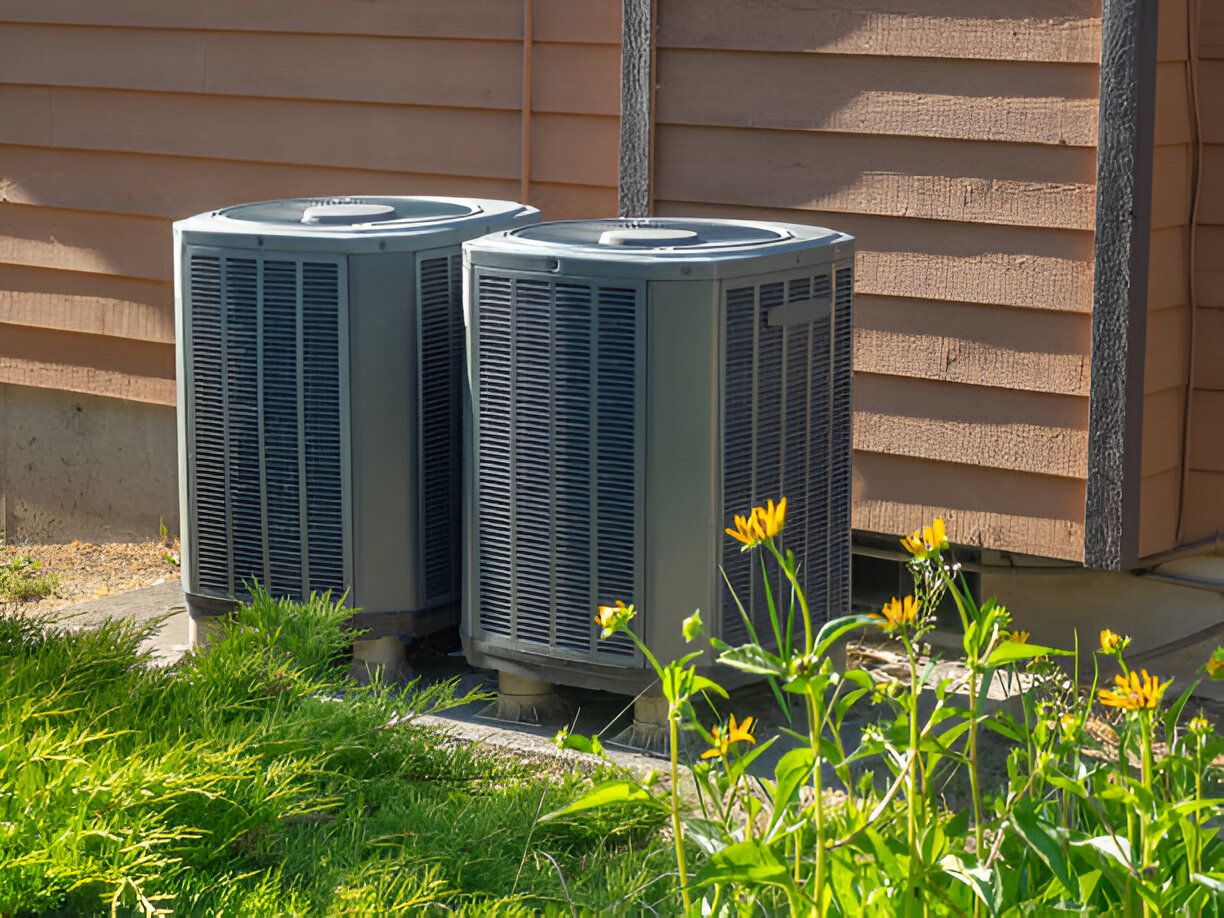Heat Pump Service in Santan Valley, AZ
Keeping a heat pump running reliably in Santan Valley means protecting your comfort and controlling energy costs through long, hot summers and dusty monsoon seasons. Professional heat pump service focuses on fast, accurate diagnostics, routine maintenance, targeted repairs, and system optimization so your residential or commercial unit performs efficiently when you need it most. This page explains common heat pump problems in Santan Valley, the services technicians perform, the parts and equipment covered, certifications and guarantees to expect, and how the service appointment typically works.

Common heat pump issues in Santan Valley homes and businesses
- Reduced cooling capacity — often caused by dirty coils, restricted airflow, clogged filters, or low refrigerant from leaks. High outdoor temperatures increase the workload and reveal performance shortfalls.
- Short cycling or frequent on/off cycles — can be due to incorrect refrigerant charge, failing controls/thermostats, or electrical issues that stress components and shorten life.
- High energy bills — inefficient operation from neglected maintenance, failing compressors, poor duct sealing, or outdated equipment.
- Noisy operation or vibration — worn fan motors, loose mounts, or failing compressor components are common after years of desert heat and vibration.
- Defrost and reverse valve problems — heat pumps in Arizona still rely on proper defrost function and reversing valves for efficient heating/cooling; malfunction increases runtime and costs.
- Electrical failures and safety trips — heat, dust, and monsoon moisture can accelerate electrical connector corrosion, causing breakers, contactors, or controls to fail.
- Condensate and drainage issues — clogged drain lines during monsoon dust or debris can cause overflow and indoor moisture problems.
Heat pump services offered (residential and commercial)
- Comprehensive diagnostics — electronic system checks, refrigerant pressure and leak testing, electrical load and component testing, airflow and duct inspections.
- Routine maintenance / tune-ups — coil cleaning, filter replacement guidance, lubrication, condensate flush, thermostat calibration, and performance reporting to prevent breakdowns.
- Targeted repairs and part replacement — compressors, reversing valves, contactors, capacitors, fan motors, control boards, sensors, thermostats, and more.
- System optimization — refrigerant charge balancing, airflow balancing, duct sealing, matched component replacements, and efficiency tuning for lower runtime and energy use.
- Upgrade recommendations — inverter-driven variable-speed heat pumps, smart thermostats, zoning, improved insulation or duct upgrades to modernize older systems.
- Commercial services — rooftop and packaged unit service, multi-zone system coordination, preventative maintenance contracts, and expedited diagnostics for minimal downtime.
Diagnostic and service process — what you can expect
- Initial assessment — technician gathers symptoms, reviews any prior service history, and inspects the indoor and outdoor equipment.
- Safety and electrical checks — verify disconnects, breakers, fuses, and grounding before system testing.
- Performance testing — measure pressures, temperatures, airflow, and electrical draw to pinpoint capability and failures.
- Leak detection and coil inspection — electronic or dye-based leak testing and cleaning of condenser and evaporator coils.
- Detailed findings and options — clear explanation of issues found, required repairs, parts to replace, and upgrade alternatives with expected benefits.
- Post-repair verification — after work is completed, the system is tested under load and documented to ensure proper function and efficiency.
Parts, equipment types and brands supported
- Equipment types: split systems, packaged units, ductless mini-splits, multi-zone VRF/inverter systems, and commercial rooftop heat pumps.
- Common parts serviced: compressors, reversing valves, contactors, start/run capacitors, fan motors, TXV/Orifice assemblies, refrigerant line repairs, control boards, sensors, filters and drain components.
- Brands commonly supported: service professionals are experienced with major manufacturers including, but not limited to, Trane, Carrier, Lennox, Rheem, Goodman, Daikin, Mitsubishi, Fujitsu and LG. Technicians commonly handle both legacy and modern inverter-driven equipment.
Technician qualifications, safety and guarantees
- Certifications: expect technicians with EPA 608 refrigerant handling certification and industry-recognized training (for example NATE or manufacturer-specific training). Technicians are typically licensed, bonded, and insured.
- Safety and quality practices: background-checked teams who follow safety protocols, system documentation, and diagnostic best practices to protect property and occupants.
- Service guarantee: typical coverage includes a parts and labor guarantee on repairs to provide peace of mind (standard terms vary; confirm warranty length with your service provider).
- Financing options: flexible payment programs are often available to spread the cost of larger repairs or upgrades.
Scheduling and what to prepare for an appointment
- How appointments are handled: providers generally offer flexible booking, including priority or emergency response for systems that have failed during extreme heat. Commercial customers may receive planned maintenance windows to minimize business disruption.
- Information to have ready: model and serial number of the heat pump (if available), a clear description of symptoms, recent service history, and accessibility notes for outdoor units or rooftops.
- On‑site expectations: plan for a technician visit that typically lasts 60–90 minutes for diagnostics or routine maintenance; more extensive repairs or replacements will require additional time and parts.
- Safety and access: ensure clear access to the equipment, secure pets, and note any sensitive areas that require protection during work.
Preventive tips to reduce emergency repairs
- Replace or clean filters monthly during peak seasons.
- Keep at least 2 feet of clearance around outdoor units and remove debris after storms.
- Schedule a professional tune-up before the hottest months and after monsoon season to catch dust-related issues early.
- Consider smart thermostats and zoning to reduce runtime and wear.
- Seal and insulate ductwork to improve airflow and efficiency.
Why timely heat pump service matters in Santan Valley
In Santan Valley’s hot, dusty environment, deferred maintenance quickly leads to reduced performance, higher energy bills, and sudden failures during heat waves. Regular, professional service preserves refrigerant charge, protects electrical components from heat stress and dust infiltration, and extends equipment life. For commercial properties, proactive maintenance minimizes downtime and keeps tenant or employee environments comfortable and productive.
Professional, certified heat pump maintenance and repair tailored to Santan Valley conditions ensures reliable comfort, better efficiency, and lower long-term ownership costs.






